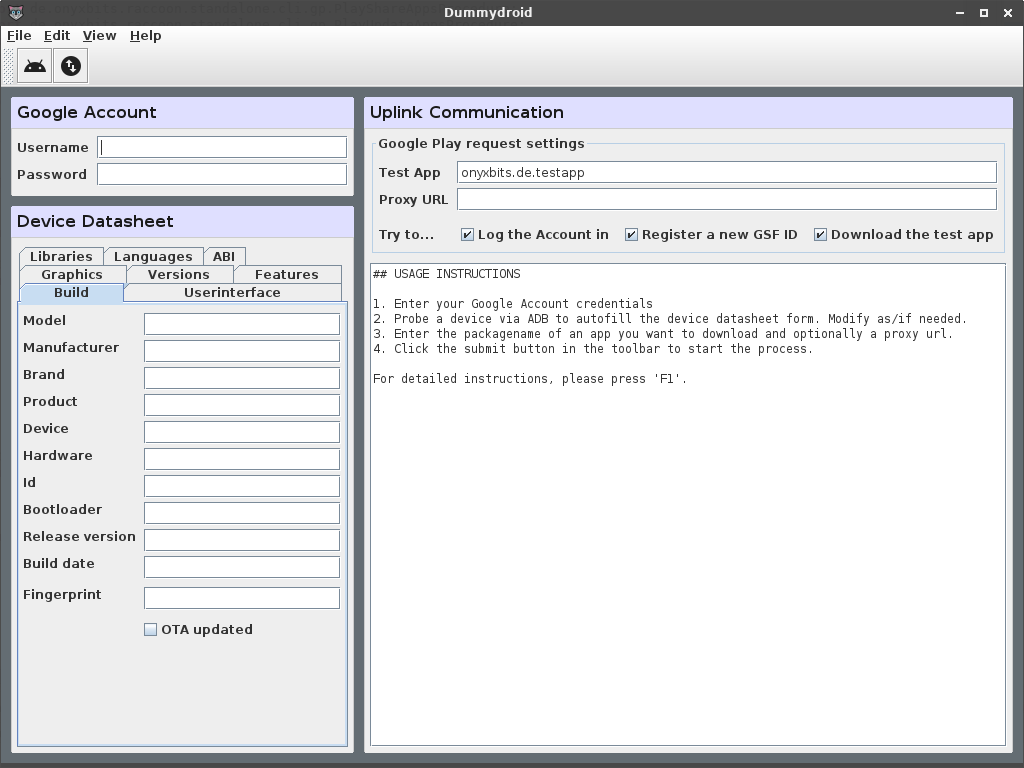What exactly is a GSF ID? Where do I get it from and why should I care?
Let's dive deep into the Android OS and talk a bit about how app compatibility is determined and how big G keeps track of your device.
Let’s first tick off the cursory answers real quick, so we are all on the same page:
- GSF ID stands for Google Services Framework Identifier.
- The GSF ID is a unique 16 character hexadecimal number.
- Your device automatically requests a new one (if it doesn’t have one already) from Google as soon as you log your Google Account in on it for the first time.
- The assignment is permanent. Once a GSF ID is registered to your account, you can’t remove it ever again (you can only stop using it).
In practical terms, a GSF ID is very similar to the number on the license plate of your car: It identifies your device/account combination uniquely, you can have several of them (one for each device in your possession) and it gets wiped from the hardware when you transfer ownership (given you perform a factory reset).
Much like a license plate number, the GSF ID can be used for tracking. In fact, that is exactly what the Android Device Manager service is all about: locating your (stolen) phone and only wiping it, not the tablet you might have lying on your nightstand.
Among other things, Google Play, uses your GSF ID as a filing number for storing your device’s hardware profile. A device profile is an elaborate description of your phone / tablet, listing hardware features, software versions, language options and even carrier information. If you want to see what can be included, use DummyDroid to register a gsf id. The information provided through a profile is taken by Play to filter app search results, so only compatible software is shown. This, of course, is a double edged sword. On one hand it means you won’t be seeing camera apps if your smartphone does not have a camera, on the other hand, it also allows developers to exclude you from downloading their app.

A GSF ID is also a privacy concern. In particular because you can only hide, but not remove hardware profiles from your account. In practical terms this might put you in hot waters if your better half (parent, guardian,…) discovers some flagship smartphone in there s/he has no knowledge of or locates you at some place you should not be in via Android Device Manager. Of course, by registering a GSF ID (and uploading a hardware profile), you also implicitly participate in market research (for example, the Google Play developer console provides statistics on what device models apps are installed) and naturally provide Google with selectors for targeted ads.
 English
English

 Comment
Comment Subscribe
Subscribe Latest Blog Posts
Latest Blog Posts